Posted by Amber Williams on 4th Nov 2022
History of the Poppy Appeal - A Symbol of Remembrance
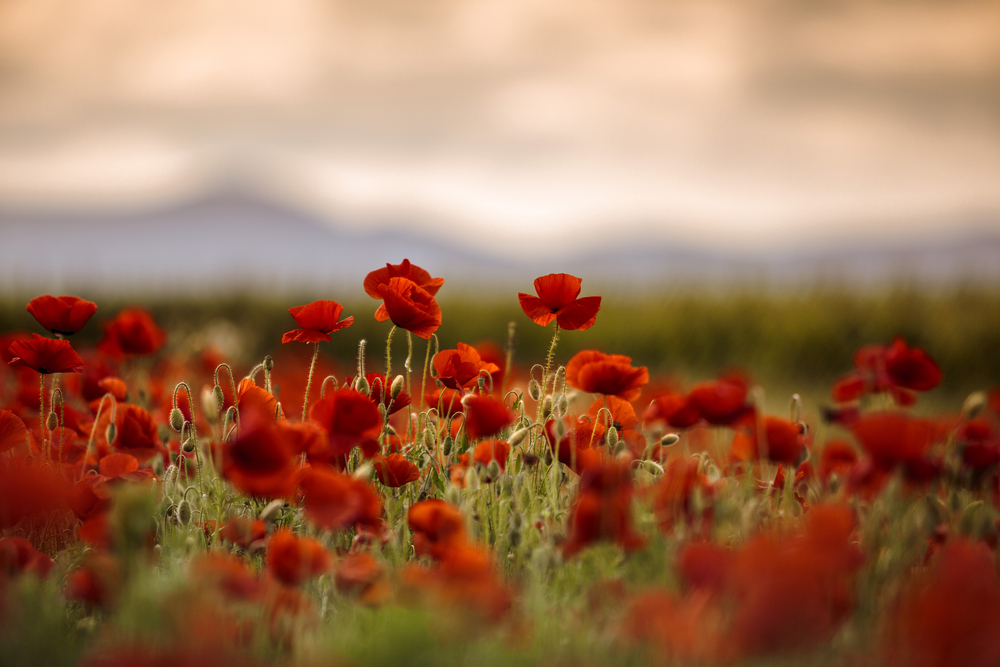
The common Poppy has been a symbol of remembrance for over 100 years, signalling peace as well as its long-lasting fundraising appeal. But where did their story start? And why do we still wear them to this day?
Here’s everything you need to know about the history of the poppy appeal in the run-up to Armistice Day.
What is a poppy?
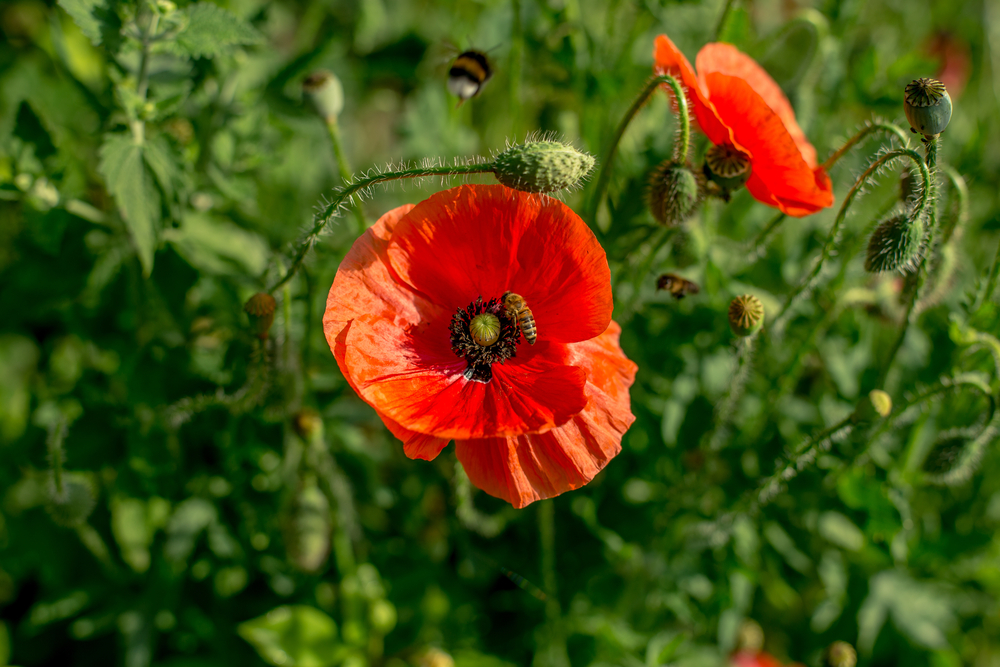
Papaver, more commonly known as the Poppy, are frost-hardy perennials, biennials, and annual plants. Their thin wiry stems and singular row of petals make them easily distinguishable in even the most vibrant field of wildflowers. However, the more commonly known variety of the lot is Papaver rhoeas (Common poppy). Its bright, scarlet red flowersare what many associates with remembrance for over 100 years.
Poppies in the field
Amid the carnage and devastation, bombs and deadly brawls, there was little light through the darkness. That is until one particularly warm spring. Carpets of red poppies appeared from the ashes in their thousands – a testament to their hardiness. In the spring of 1915, Canadian doctor Lieutenant Colonel John McCrae looked out onto Flanders Fields in Belgium and the sight of the poppies moved him so much, he decided to write a poem. His poem ‘In Flanders Fields’ acted as an influence among many and saw the start of the poppy appeal.
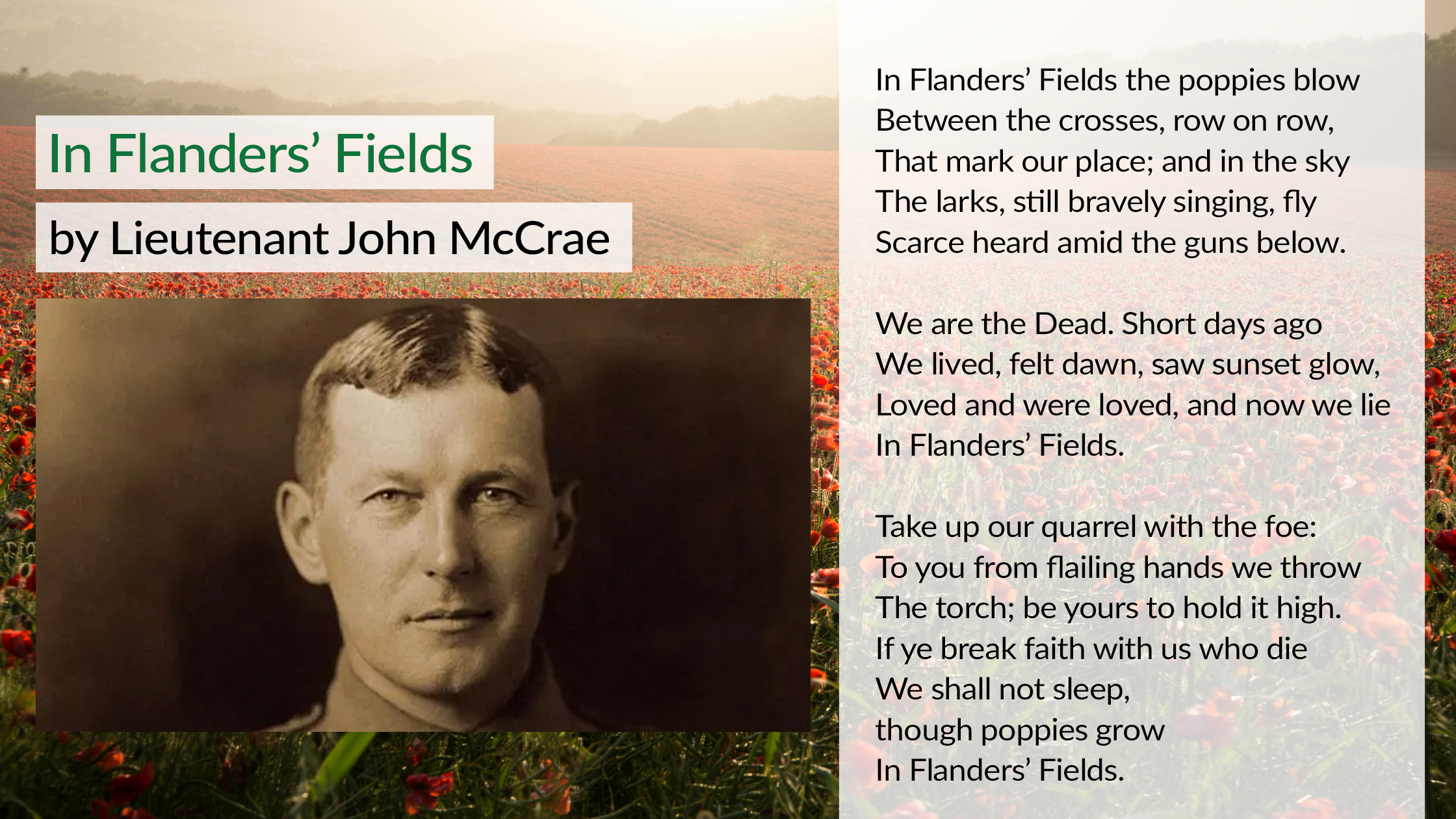
However, this wasn’t the first time these poppies have appeared after a ravaging war. Several documents from the early 19th century reference the red poppy and its tendency to appear in droves on battlefields.
The Inception of the Poppy Appeal
Just two days before the Armistice,American academic Moina Michael read McCrae’s poem in Ladies’ Home Journal and penned her response - ‘And now the Torch and Poppy Red, we wear in honour of our dead’. Michael campaigned for the poppy to become an official symbol of remembrance throughout the States and encouraged those in Canada, Australia and the UK to follow suit.
In 1921, French citizen Anna Guerin started the poppy movement in London. She then met Earl Haig, the founder of the Royal British Legion, and persuaded him to use the poppy as their emblem. He agreed, and in that first year, they ordered nine million poppies and sold them on the war’s anniversary.
Their poppies completely sold out, much faster than expected, and had raised over £160,000 for veterans - an exceptional amount at the time. Today, the poppy appeal sells around 40 million poppies to people in the UK. The following year, Major George Howson opened a factory solely dedicated to making poppies after the roaring success of the first appeal. This factory was fully staffed by disabled ex-servicemen. Howson was an officer in the British Army, and it was his vision to provide employment for veterans that were injured throughout WWI.
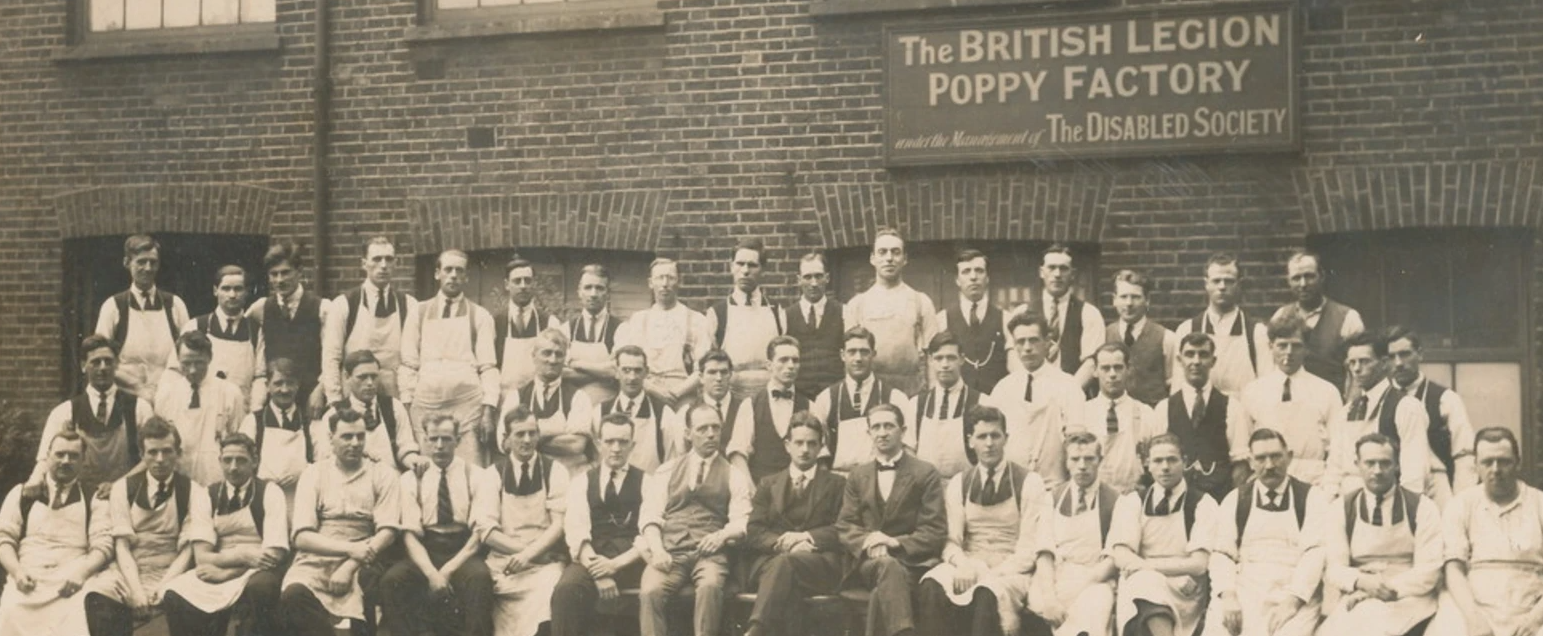
George Howson's Poppy Factory
The demand for poppies in England reached new heights, and scarce amounts were sent to Scotland. To address this new need, Earl Haig’s wife Dorothy founded the ‘Lady Haig Poppy Factory’ in Edinburgh in 1926. This factory was to create and supply poppies directly to Scotland, and still does to this day! The poppies from this factory are hand-made by disabled ex-servicemen and are distributed by their sister charity Poppyscotland. These poppies look slightly different to the rest of the UK’s - with four petals and no leaf.
Today’s Poppy Appeal
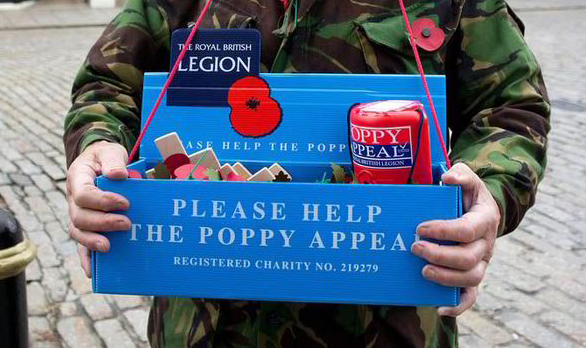
To this day, poppies are worn in reverence to WWI and every war since. Traditionally, the poppy is red with a black centre, but there are different colours for various causes. For example, white poppies symbolise peace without violence, and purple poppies honour animals killed in battle.
These small red badges and pins are regularly worn on the run-up to Armistice Day and beyond to Remembrance Sunday. Over 40,000 volunteers sell poppies every year since their conception, as we're sure they will for years to come.

